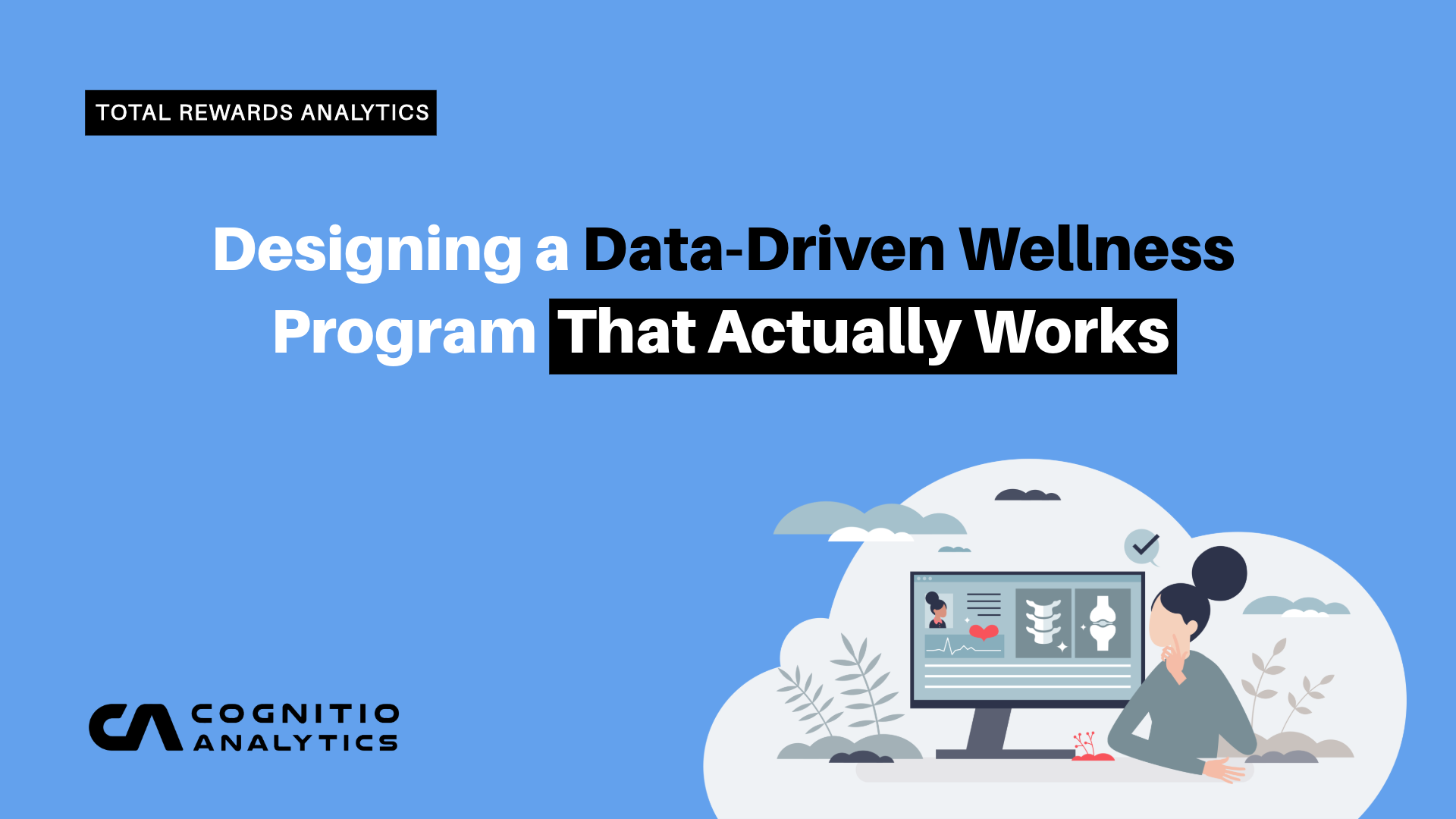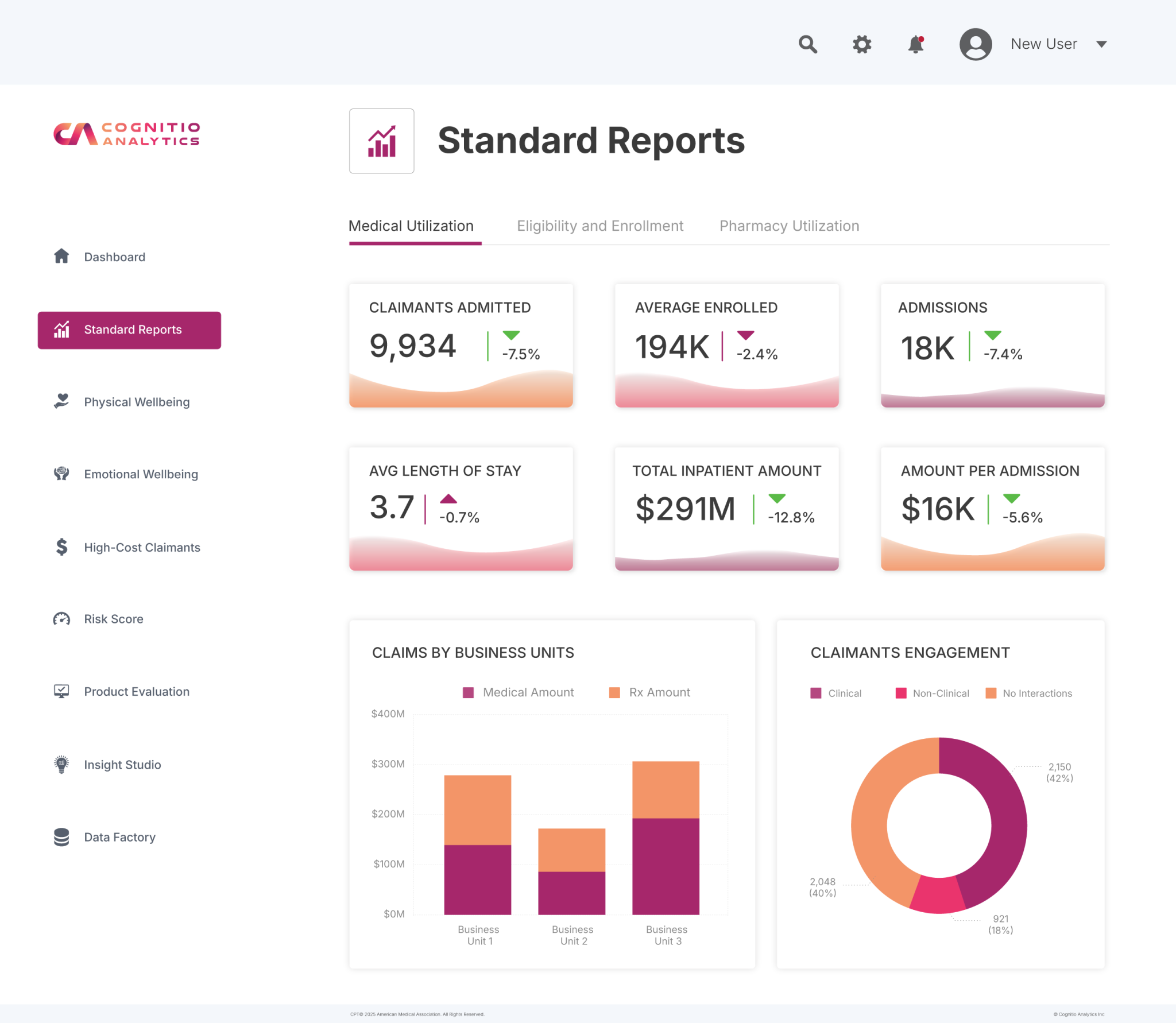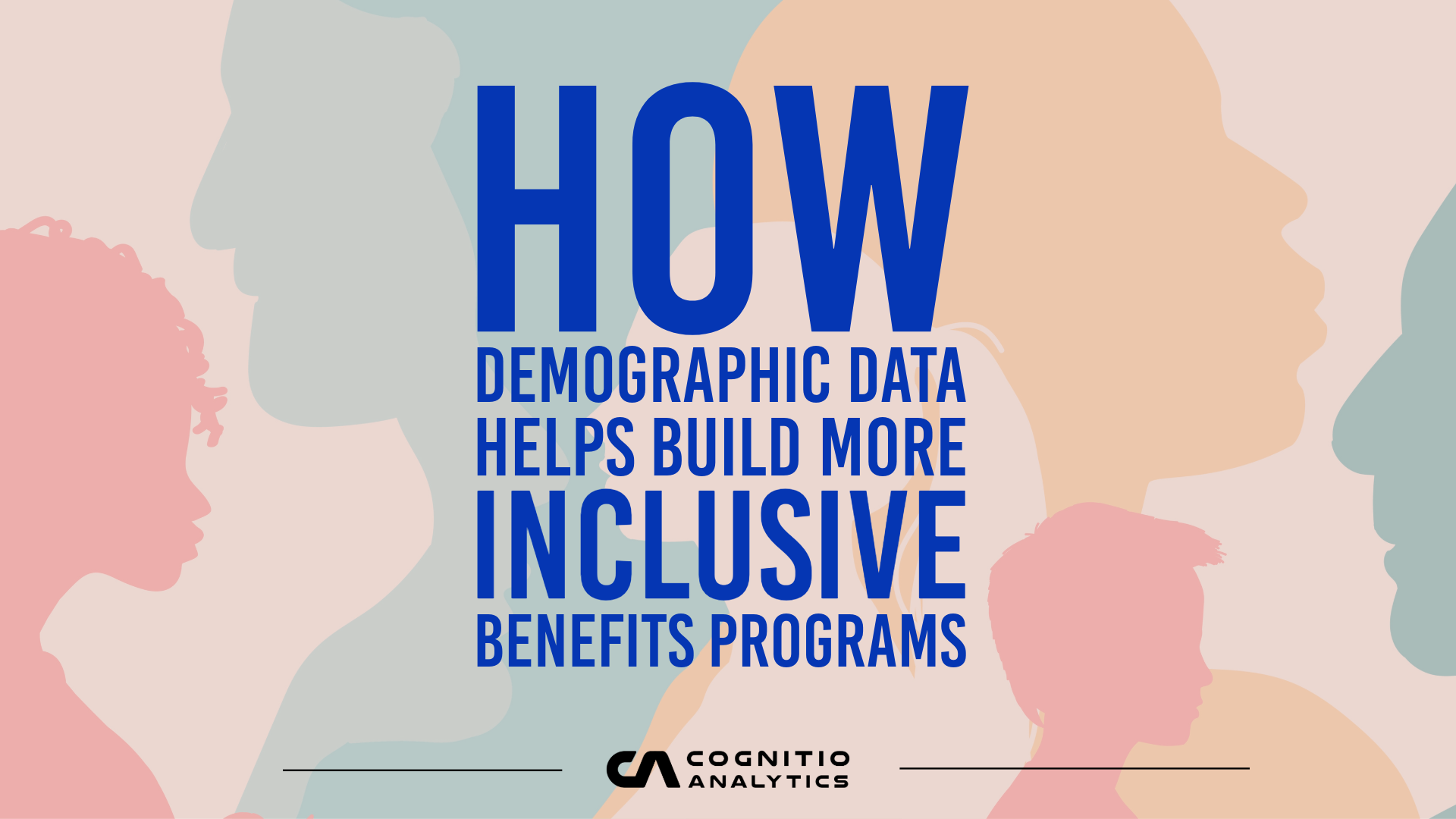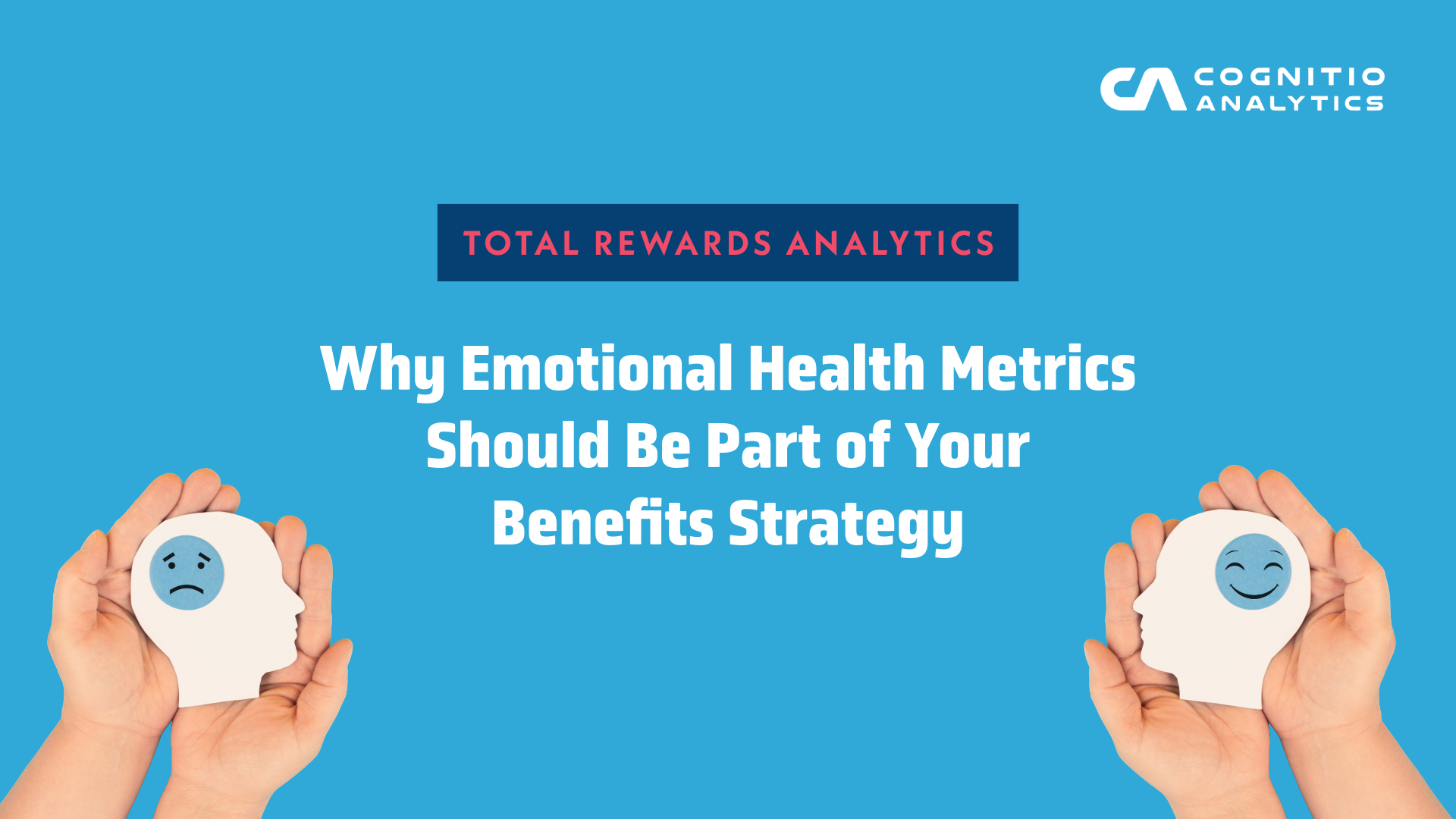
Designing a Data-Driven Wellness Program That Actually Works
- Published Date: August 29, 2025
Wellness programs are no longer just “nice-to-have” perks—they’re essential tools for supporting employee health, engagement, and productivity. Yet, many organizations struggle to prove their effectiveness. Participation rates may lag, outcomes are difficult to measure, and benefits leaders are often left asking: Is this really working?
The key to solving this challenge lies in data. By using Total Rewards Analytics (TRA) to track, measure, and optimize wellness initiatives, organizations can design programs that deliver measurable impact—both for employees and for the business.
The Pitfalls of Traditional Wellness Programs
Many wellness programs underperform because they’re:
• Generic: Offering one-size-fits-all activities like gym discounts or step challenges without addressing real needs.
• Unmeasured: Success is often judged by participation numbers rather than outcomes.
• Disconnected: Lacking integration with healthcare claims, utilization data, or behavioral health metrics.
This approach makes it difficult to understand whether programs are improving employee health—or simply ticking a box.
Building a Data-Driven Wellness Strategy
With TRA, HR leaders can move beyond assumptions and build programs on evidence.
Key steps include:
1. Analyze Health Metrics
Leverage claims, pharmacy, and biometric screening data to identify priority health challenges—such as diabetes risk, stress-related claims, or musculoskeletal issues.
2. Incorporate Emotional Wellbeing Data
Track behavioral health utilization, absenteeism patterns, and employee feedback to address mental and emotional health, not just physical wellness.
3. Segment by Demographics
Use demographic and regional breakdowns to tailor interventions. For example, younger employees may value digital mental health resources, while older groups may benefit from preventive screenings.
4. Measure Effectiveness Continuously
Go beyond participation rates by measuring outcomes like reduced ER visits, improved medication adherence, or lower stress-related leave.
The Business Case: From Wellness Perks to Strategic Impact
When wellness programs are designed with data at the center, they deliver benefits that go beyond employee satisfaction:
• Lower healthcare costs through preventive care and early intervention.
• Higher productivity by reducing absenteeism and presenteeism.
• Improved retention and engagement as employees see meaningful investment in their wellbeing.
Turn wellness into measurable impact.
See how TRA helps organizations design smarter, evidence-based wellness programs that drive health, engagement, and cost savings.
Conclusion: Making Wellness Work
Wellness programs should not be guesswork—they should be built on clear insights into workforce health needs. By integrating wellbeing analytics, preventive care metrics, and emotional health data, HR leaders can design wellness initiatives that are not only inclusive but also effective.
With TRA, wellness evolves from a perk to a proven business strategy.
Explore the Latest
Insights, stories, and trends shaping the future of work and rewards.




